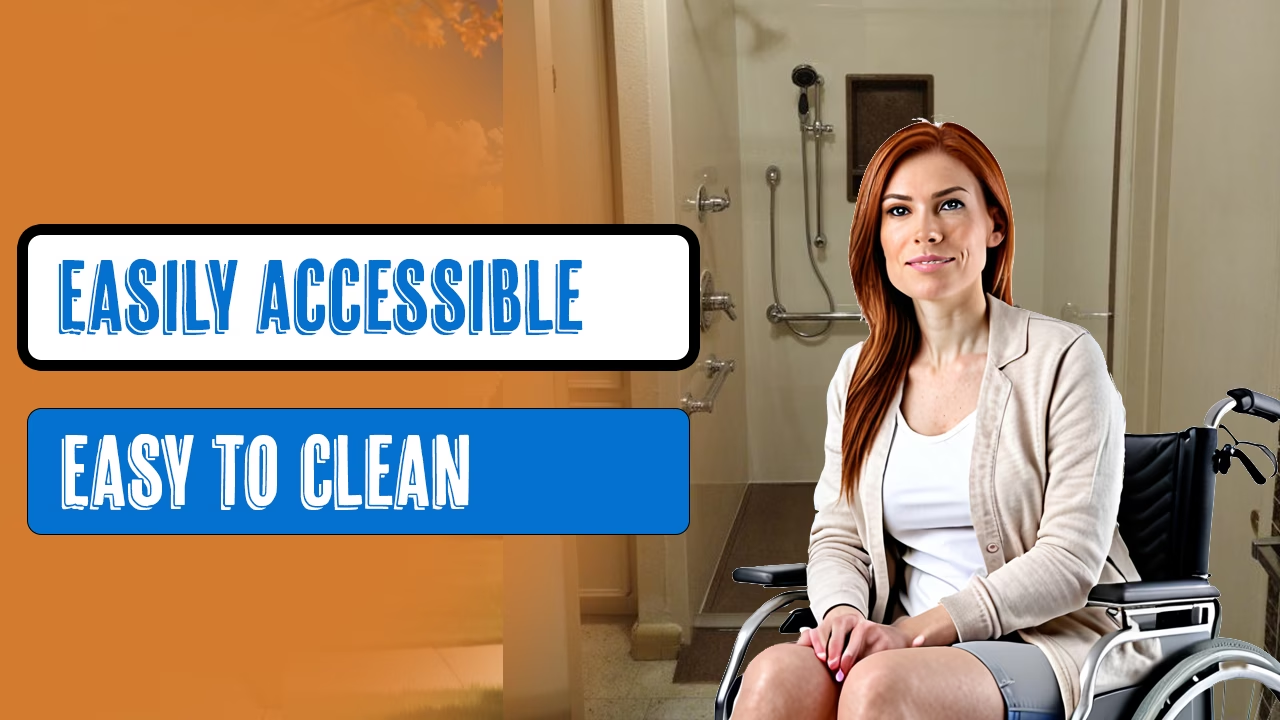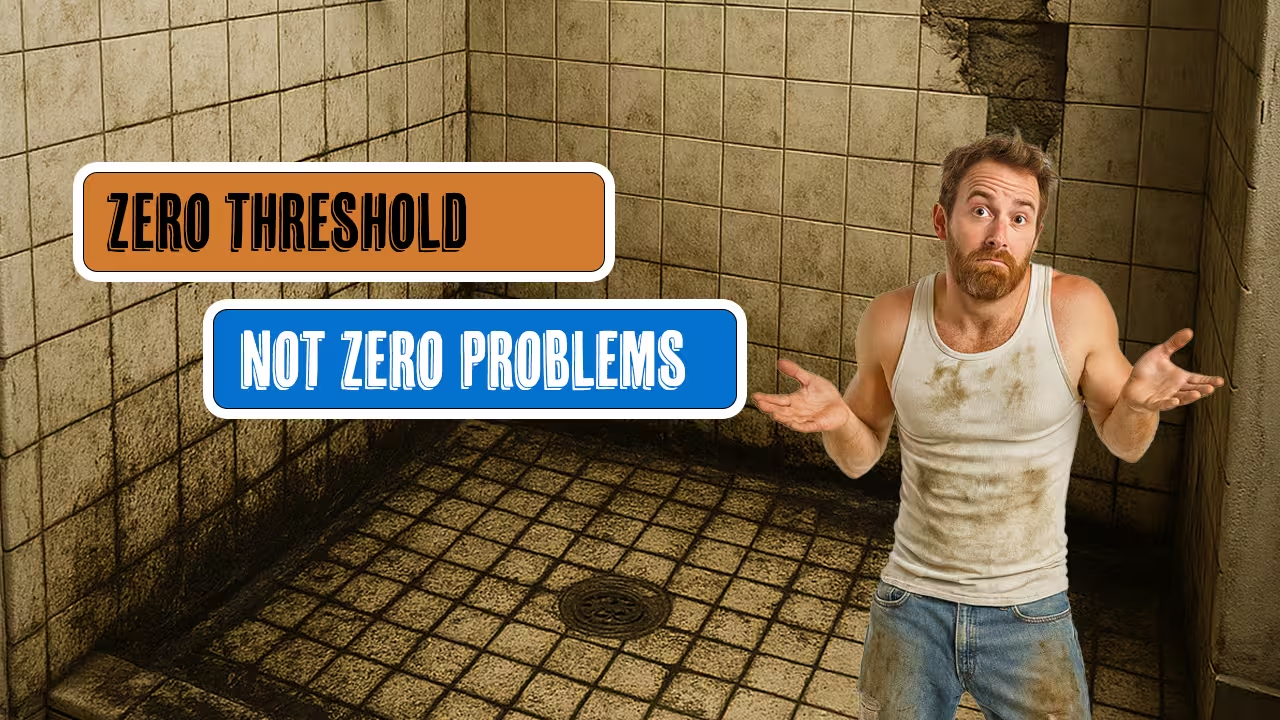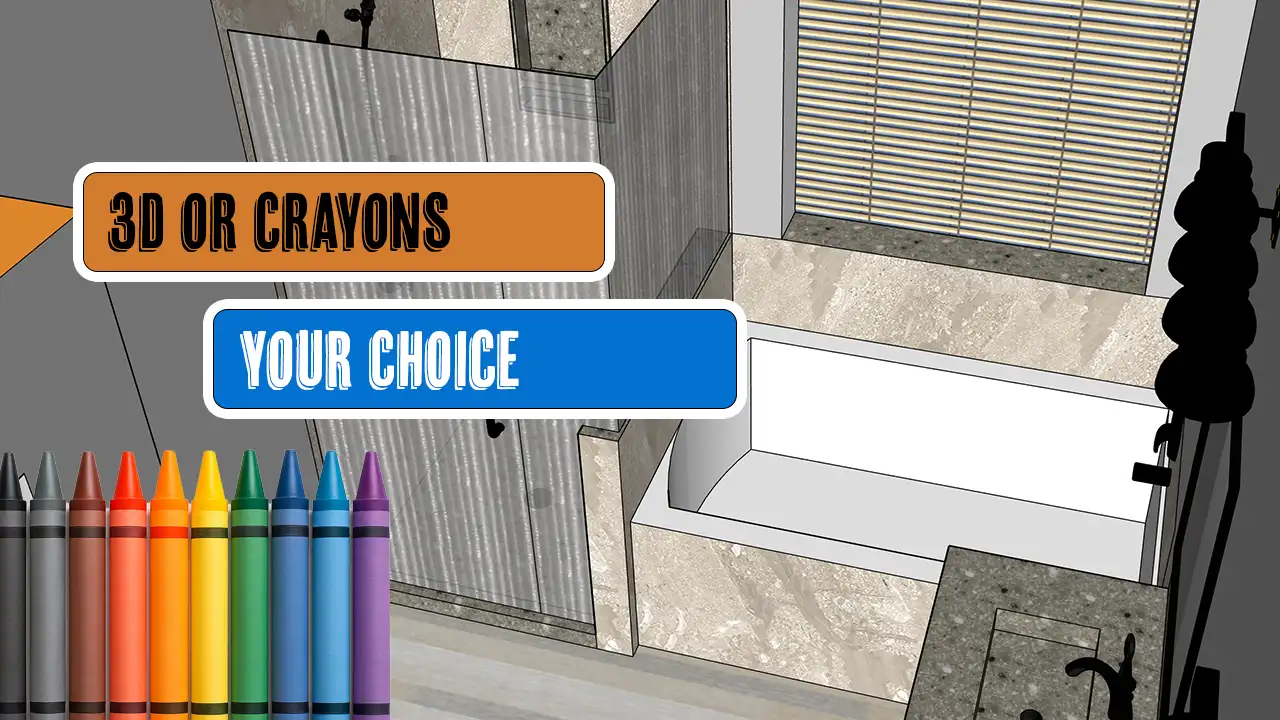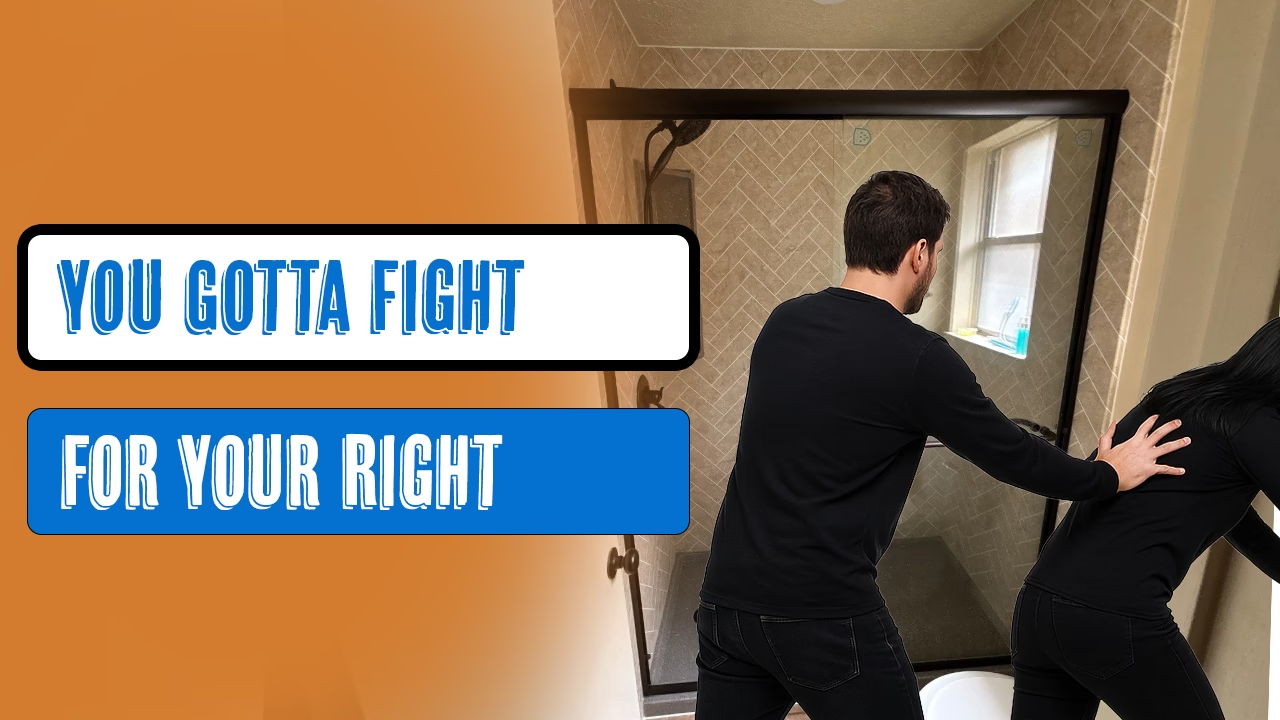Luxury & Accessibility: How We Built the Perfect Wheelchair-Friendly Shower in H
Contents

You know, sometimes a bathroom remodel isn’t just about making things pretty. It’s about making life easier—and honestly, safer.
I had a homeowner recently who was slightly wheelchair-bound. Not fully immobile, but enough that her old bathroom setup just wasn’t working anymore. Stepping over a tub? Forget it. Navigating a tiny shower with tight corners? Nope. She needed a space that worked for her now and would keep working as life changed.
But here’s the thing—she still wanted it to feel like her bathroom. She didn’t want a sterile, hospital-looking shower. She wanted luxury AND accessibility.
So we made it happen.
Why This Matters
Bathrooms are where a lot of accidents happen—slips, trips, falls. And when mobility starts to change, even slightly, a traditional shower or tub can become a real hazard.
But this isn’t just about safety. Here’s why homeowners should really think about accessibility:
- Stay independent longer. A well-designed shower can keep you living comfortably at home instead of feeling like you need outside help.
- Avoid hidden costs. One bad fall? That’s hospital bills, recovery time, maybe even home care. A remodel done right prevents all that.
- Boost resale value. More buyers are looking for homes that already have accessible features. It’s future-proofing your home.
- And hey—luxury doesn’t have to disappear. Accessibility can still look beautiful.
What We Did
We took out the old setup completely—demoed the tub, opened up the walls, and built one big, open shower. No curbs. No awkward steps. Just smooth, easy access for her wheelchair.
But we didn’t stop there. She wanted it to still feel spa-like, so we gave her:
- A rain can showerhead for that hotel-style luxury
- Diverter systems so she could switch between handheld, rain head, or both
- Easy-to-clean surfaces—because no one wants to spend hours scrubbing grout lines
- Grab bars and a built-in bench for stability without making it look “institutional”
When it was done, she literally said, “I didn’t know accessibility could feel this nice.”
The Key Takeaways
Here’s what I always tell homeowners who are thinking about remodeling for accessibility:
- You don’t have to wait. The best time to plan for mobility-friendly spaces is before you need them.
- Accessible doesn’t mean ugly. Done right, it just looks like a high-end, modern bathroom.
- Do it once, do it right. Cutting corners on plumbing or layout will cost you more down the road.
What She Said
"I was nervous it would feel like a medical bathroom, but it doesn’t at all. It’s beautiful. And I feel safe now. Thank you for making it so easy.”
That’s the kind of feedback that keeps us doing what we do.
Quick FAQ
1. Do I have to be in a wheelchair to benefit from an accessible shower?
Nope. Low-threshold or zero-entry showers are safer and easier for anyone, especially as we get older.
2. Can an accessible shower still look stylish?
Absolutely. We use solid surfaces, sleek fixtures, and smart layouts so it feels like a spa, not a clinic.
3. Is this kind of remodel expensive?
It can be an investment, but it’s often cheaper than the long-term costs of a fall—or having to move to a more accessible home later.
If you’ve been thinking, “Maybe it’s time to make our bathroom safer,” let’s chat. No pressure, no pushy sales talk—just honest advice on what would work best for you.
You can reach out to me and the EZ Bath team anytime. We’re local Houstonians, and we’ve seen it all. We’ll help you design a bathroom that works for today, tomorrow, and years down the road.

Explore More Remodeling Ideas & Tips

What Our
Clients Are Saying

Our Bathroom
Remodel Process
Book your Consultation
Removal & Preparation
Professional Installation
Post-Care & Warranty
Get a free in-home
consultation Today!



72 Months
No Interest*
Free Glass
Upgrade








